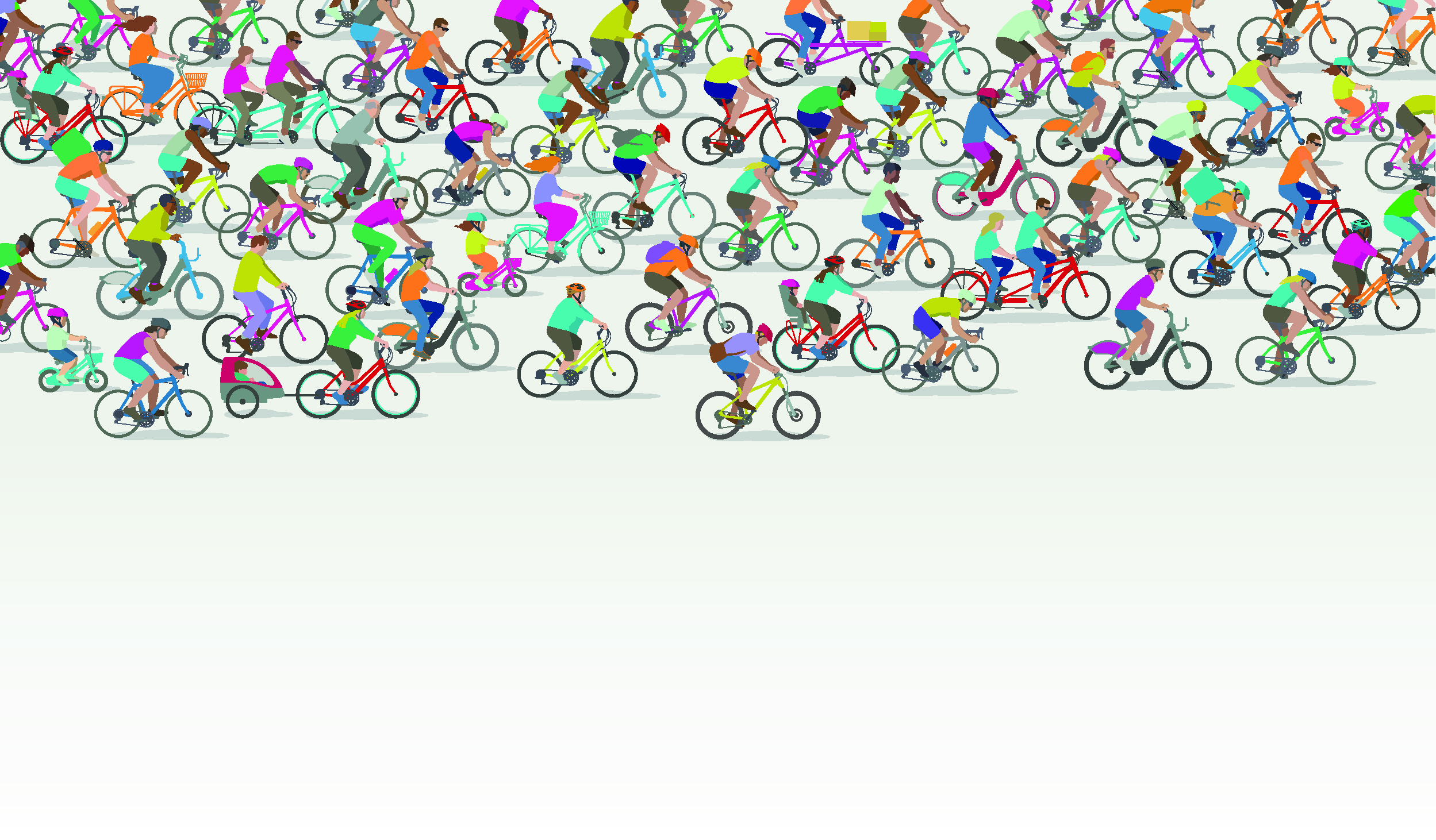by Lily Grace
Not all children follow the same path to concussion recovery, nor do they have the same predictors for returning to normal activity, according to a new study.
Additionally, researchers suggest that younger children should be considered separately from high-school-aged students.
“Concussions are common among children, yet the literature is limited with regard to understanding trajectory of recovery after concussion, particularly in children with non-sports related injuries and for younger children,” explains Kaitlyn Chin, a second- year medical student at University of New England College of Osteopathic Medicine and lead investigator in the study. “We were particularly interested in understanding how activity levels during recovery from concussion influence time to full recovery, in order to be able to identify modifiable factors to help guide concussion care. Previous studies have noted differences in the amount of time it takes children to recover from a concussion, and our team recently initiated a study to see if we can identify predictors associated with the amount of time between injury and when a child is medically cleared to return to activities which place the child at risk for re-injury,” she says.
To assess this, Chin’s team at Kennedy Krieger Institute in Baltimore reviewed the medical records of 178 children who were treated for concussions at an academically-affiliated, rehabilitation- based clinic and who were medically cleared to return to play between September 2015 and February 2017. The children included in the study ranged in age from six to 17 years old (with a slight majority being under the age of 14), and each child’s first visit to the clinic was within 60 days of his or her concussion.
The researchers reviewed each child’s record noting when they were approved to return to play. Then, they looked at several other factors for each child, including: sex, cause of the concussion (i.e., sports or non-sports-related), number of symptoms, school attendance, and exercise status at the initial visit to the clinic. Finally, they considered these factors when the children were placed into two different categories—children under 14 and children over 14—to see if there are any differences based on age.
“We were looking at several different factors to see how they impacted a child’s recovery,” says Chin. “Our hope is to identify modifiable factors that may help shape future recommendations given by healthcare providers to speed recovery.”
Chin’s team found the number of symptoms affected how quickly all children were cleared to return to play—with fewer symptoms being associated with a faster return to play. For older children, male sex and higher level of exercise during recovery were both associated with a faster return to play. For younger children, higher levels of both exercise and school participation (e.g. attending class, completing homework and tests) were associated with faster return to play.
Overall, this study shows that elementary and middle school aged children should be considered separately from high-school- aged students when considering risk factors for prolonged recovery from a concussion. Furthermore, Chin’s team found that school participation and exercise were not harmful and did not prolong recovery.
“Our study adds to the literature supporting that return to cognitive and safe physical activities while a child is still recovering from concussion does not prolong time to recovery,” says Chin of the findings. “Every child is different, and recovery is different for each concussion. To that end, a concussion recovery plan should be tailored for each child, and parents should seek help from the child’s pediatrician or other medical professionals for guiding care after a concussion.”








Leave A Comment